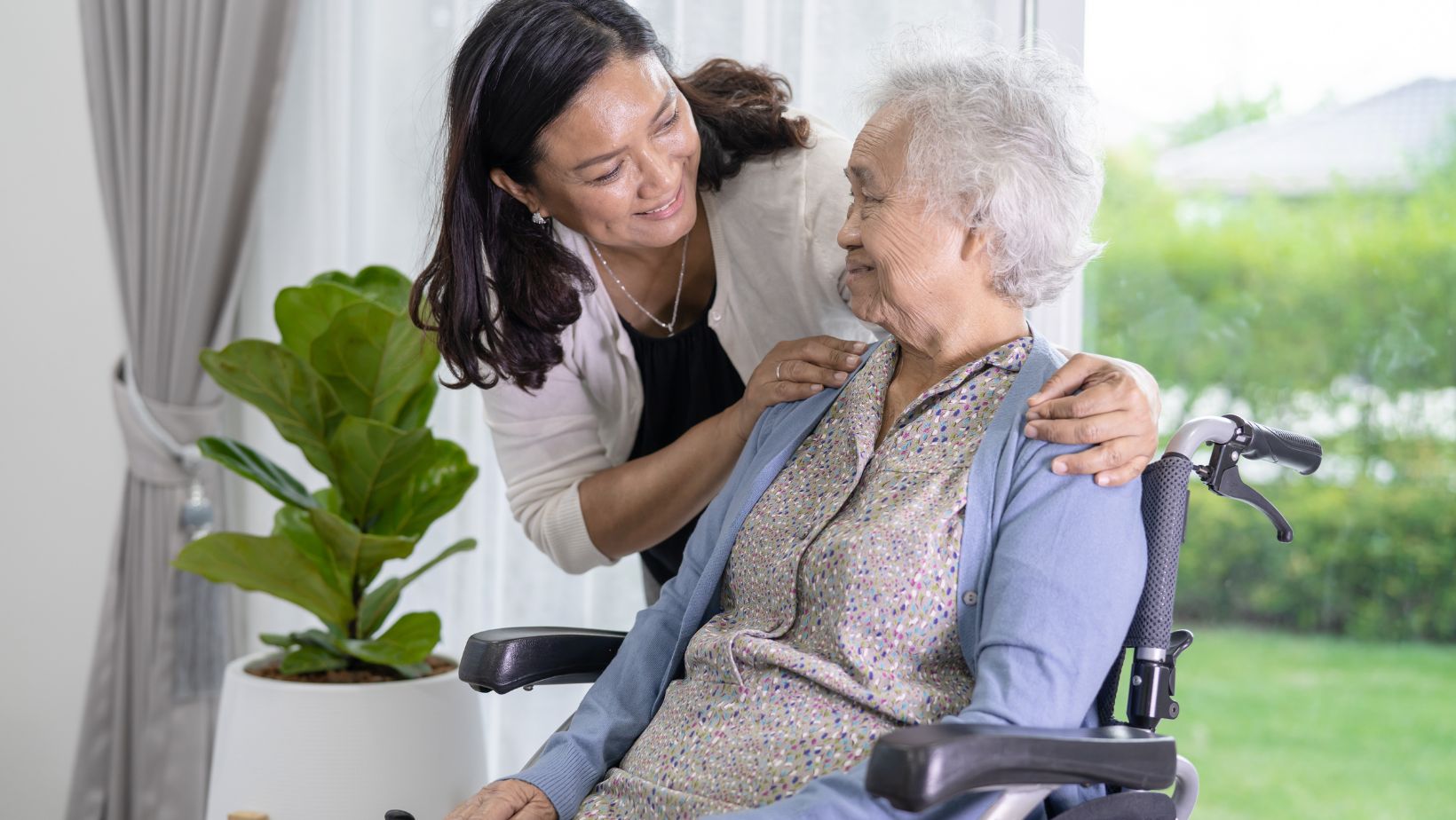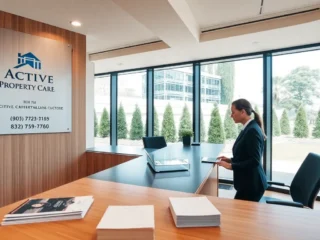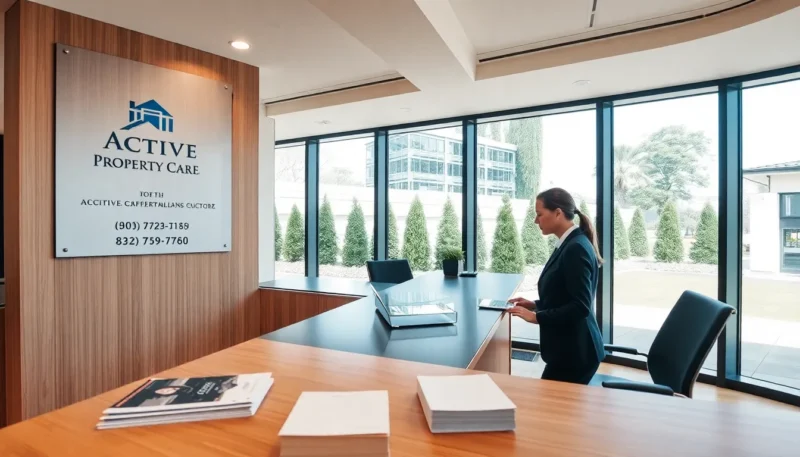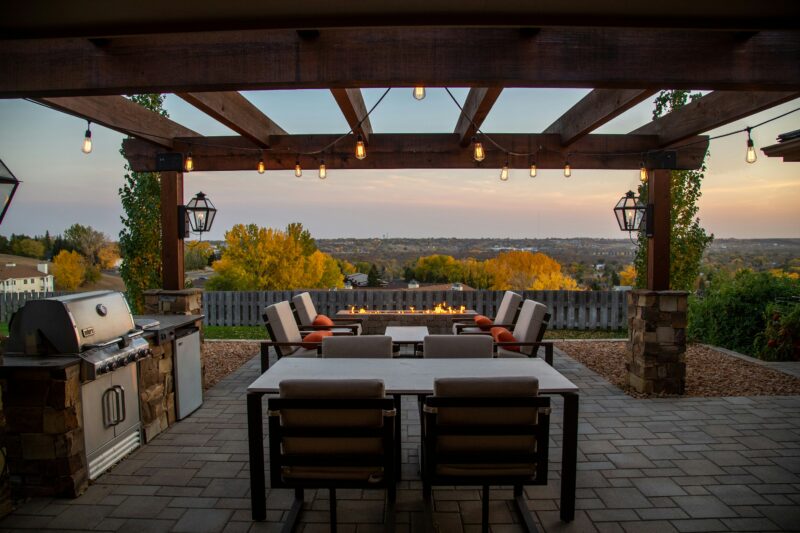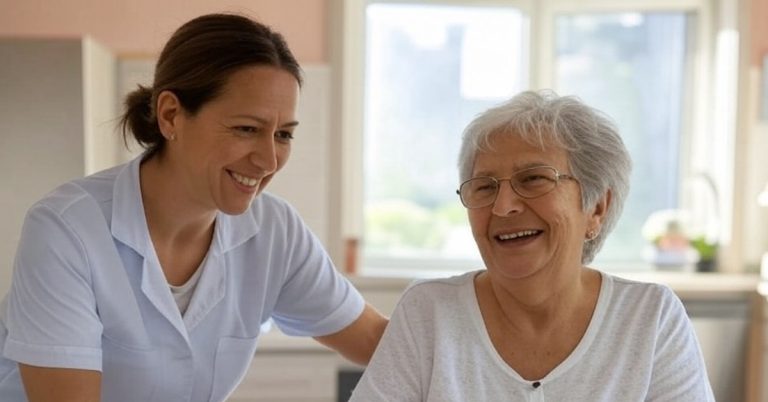
Ensure your home is safe and accessible with our comprehensive checklist designed for seniors. Learn practical tips to minimize fall risks and enhance daily living comfort.
Maintaining a safe and secure home environment is increasingly important for seniors to prevent accidents and ensure a higher quality of life. The risk of falls and other home accidents is a common concern for many seniors, as even minor hazards can lead to serious injuries that impact their health and independence.
This article will provide a helpful checklist to assist seniors in assessing their home’s safety, offering tips to reduce risks and make their home safer and more accessible. For more senior checklists, check out the Boomer Benefits website.
Assessing the Exterior
Inspecting the exterior of your home can help prevent unexpected accidents and ensure that the surrounding area is safe, secure, and well-maintained. Lighting is an essential feature of a house, as it helps guide people when walking outdoors in the dark. Many people find installing motion-sensor lights convenient, enabling safety, conserving energy, and ensuring outdoor areas are well-lit only when necessary.
Checking and making any repairs to uneven surfaces on driveways or walkways is another way to avoid accidents such as tripping. Adding sturdy handrails to stairways or ramps can also offer valuable support.
By staying proactive with regular exterior maintenance and thoughtful safety enhancements, you create a secure and accessible environment that helps prevent injuries and promotes peace of mind for everyone at home.
Evaluating Interior Safety
The safety of your home’s interior is just as important, especially if you spend most of your time indoors. Flooring is a feature most people wouldn’t worry about injuring themselves from; however, floors can be slippery and sometimes uneven, so frequently evaluating them can help prevent sudden falls.
One way to help with slippery floors is by installing area rugs or even non-slip floor mats, especially in bathrooms where water often meets the floor. The furniture arrangement in a home should allow for plentiful walkways to ensure the area is clear of obstacles. Stair lifts or grip enhancements can provide support when climbing stairs in multi-story homes. Taking the time to assess and adjust your indoor environment enhances comfort and is critical in preventing accidents and maintaining independence as you age.
Kitchen and Bathroom Safety
To prevent unexpected emergencies, check your kitchen for stove/fire hazards. Ensure the stove is easily accessible, and the turn-off options are clear. Installing stovetop fire extinguishers and ensuring all utensils are easily reachable are a couple of helpful tips to ensure the safety of your kitchen. The bathroom is another standard room where emergencies can happen. Consider installing grab bars in showers, bathtubs, and near toilets to prevent slips.
Another option is a raised toilet seat for ease of use. Replacing shower heads with a handheld option makes it more accessible, especially if you utilize a shower chair. Making small but effective kitchen and bathroom modifications can significantly reduce the risk of accidents and create a safer, more comfortable environment for daily living.
Emergency Preparedness
It’s essential to prepare for the event of an emergency. Having your emergency contacts in a visible spot for yourself or others can simplify contacting someone when necessary. Many also consider having a personal alarm system, especially for those living alone or with limited mobility. Ensuring fire and carbon monoxide alarms are in working order is another way to prepare for emergencies. Replace the batteries in the systems and test the alarms regularly.
To help yourself before first responders get to you or vice versa, having a well-stocked first aid kit within reach can provide immediate treatment. Being proactive with these simple yet crucial steps can make all the difference in staying safe, minimizing harm, and ensuring help is always within reach when it matters most.
Conclusion
Creating a safe and supportive home environment is one of seniors’ most impactful steps to maintain their independence and well-being. Each effort contributes to a more secure living environment, from checking outdoor lighting and walkways to ensuring indoor spaces are free of tripping hazards and emergency systems are in place. By using this checklist as a guide, seniors and their loved ones can take practical, preventative measures that promote comfort, confidence, and long-term safety at home. Small changes now can make a big difference in ensuring a safer, more independent tomorrow.


